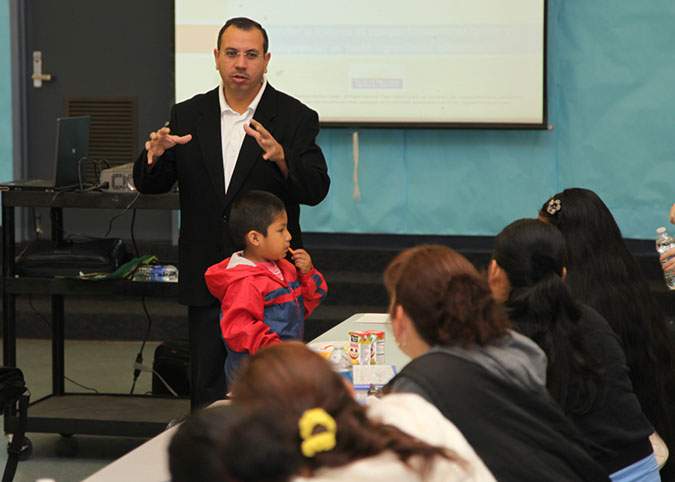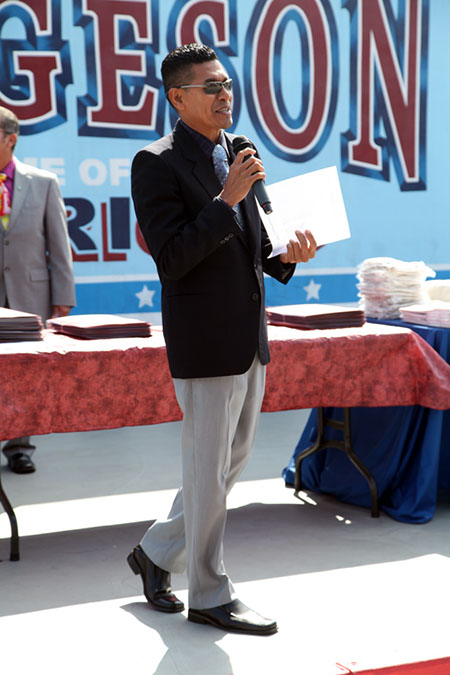Communities allow businesses, professionals and other parties to craft a local solution

Overcoming childhood obesity requires that multiple stakeholders take part in the conversation. Our custom solution mixes interventions based on the needs of the community because every community is different in regards to education, socioeconomic status and ethnic makeup.
Mutual cooperation with local governments, which provide leadership on issues like obesity, is key to the successful implementation of our program. We work with mayors, city councilmembers, city managers and others, making individual and group presentations to explain the benefits and requirements of our program. We encourage responsible oversight of any policies enacted in the community with reasonable exceptions. For example, if a city adopts a law banning any sugary drinks but does not allow exceptions for athletes who train intensively at city facilities, that would eliminate drinks with electrolytes, which are needed for rehydration. We maintain positive working relationships with local leaders, and by keeping them updated on the progress of our program these leaders come to understand how our program differs from all others.
We also promote our program with local communication sources, such as local cable channels and city publications that are mailed to homes in the area. These local outlets allow us to showcase cooking shows, the annual graduation of parents from our education classes, in-class parent participation of our healthy jam singalongs and more – great ways to inform the local community about our program. Since religious leaders are role models and authority figures, and these institutions are frequently plugged into the community already, we promote our program among churches; when priests invite families, congregants attend.
Our outreach enables relationships with various local companies which might provide funding, grants or in-kind donations.
The Obesity Solutions program creates a demand for healthier food items which is good for the community but also provides opportunities for participating markets since community members know which markets carry healthier food items for their favorite dishes. For example, upon request these markets might add more brown rice options instead of white rice, or carry tortillas with fewer processed ingredients.
We ask local restaurants to offer healthier options – for example, smaller portions for kids or adding fruits and vegetables. These establishments receive recommendations in our parent education classes. We analyze ingredients and nutrition fact labels at fast food restaurants and share this information with families so they can make educated decisions about their dining options. In one city, we successfully negotiated with a national sandwich chain and created a separate menu based on existing options, which were printed in English and Spanish, with separate options for children and adults. Restaurants that receive our endorsement are more likely to be patronized by the families in our program.
In low income neighborhoods, sports coaches are very important role models to older children, so we offer special classes to train coaches about healthy lifestyles to better influence the children on their teams. Some cities offer free or reduced price lunches for senior citizens, and we collaborate with the city and food providers to improve these menus, such as using whole grain breads and offering more fish options, fruits and vegetables.
Bringing together these various groups and organizations makes it possible for our program to succeed.






